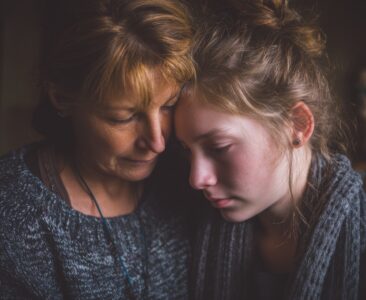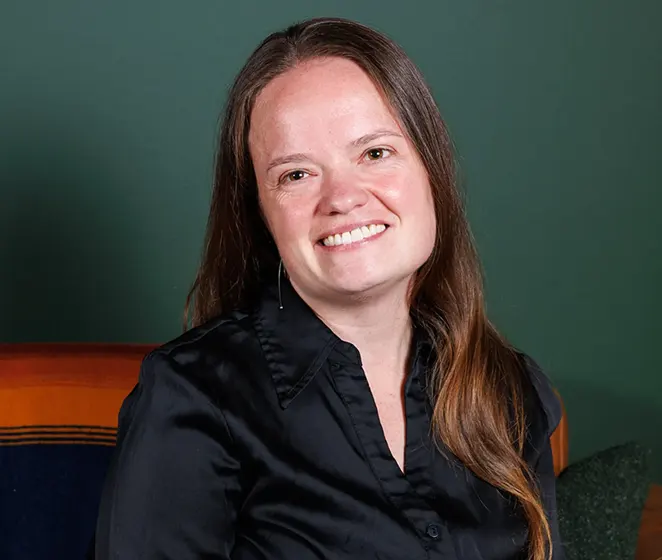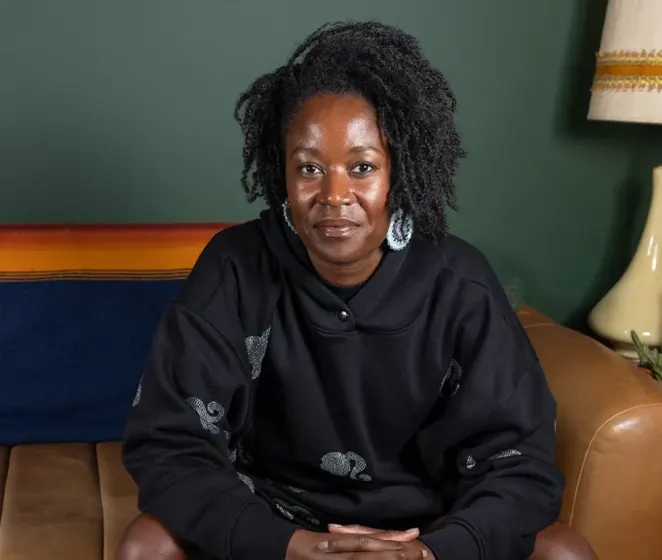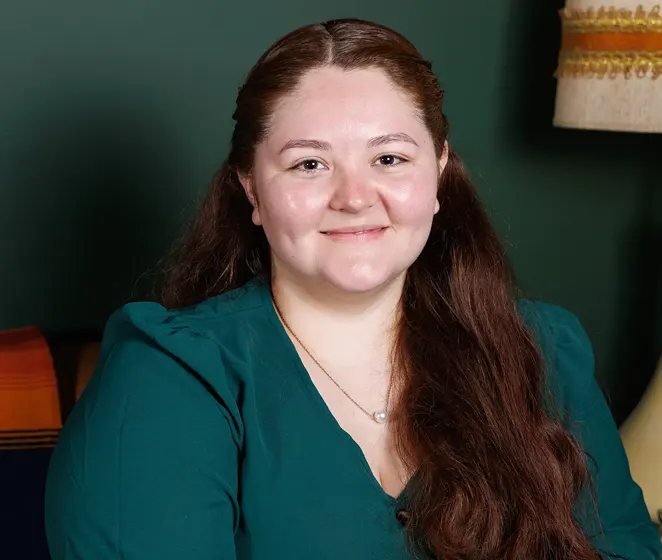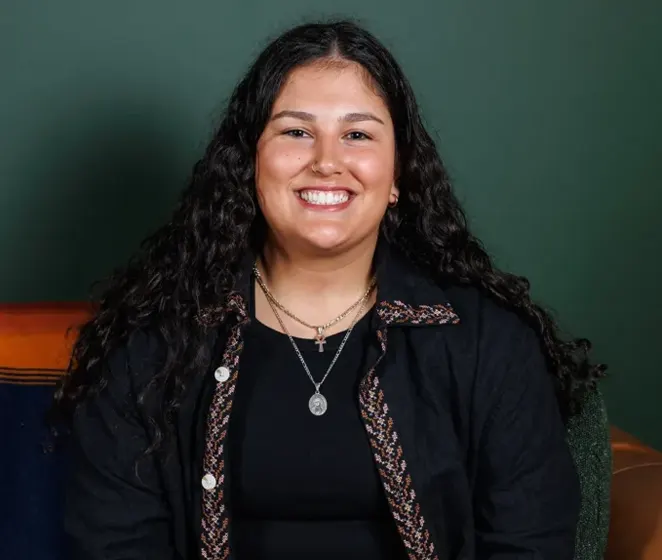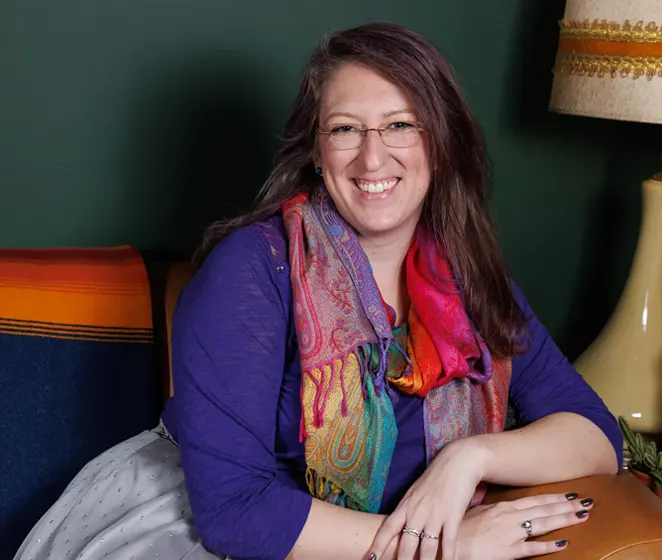By Intentional Spaces Psychotherapy
You’re standing in the aftermath. A slammed door. A wall was punched. Something broken, not just a lamp or a glass, but something in the space between you and your teen.
Maybe this was the first time. Maybe it’s the third this month. Either way, you’re left wondering: What just happened? And what do I do now?
In that silence, it’s easy to move into fear. Into shutdown. Or into escalation. But something else is possible, too. Repair.
Even after violence. Even after rupture. You can still choose to return with presence, curiosity, and calm. This is where healing begins: not in fixing everything at once, but in staying connected, even through the mess.
The Space After the Storm: Why What You Do Next Matters Most
When a teen becomes physically or verbally aggressive, it’s often interpreted as defiance, disrespect, or rebellion. These are the stories that get told in school reports and family arguments. But beneath the surface, there’s usually something more complicated unfolding, something emotional and deeply human.
Behavior is a form of communication. Violence, though harmful and unacceptable, is often a signal. For teens, that signal may say, “I’m overwhelmed,” or “I don’t know how to say what I’m feeling,” or “I’m afraid of being abandoned.”
The moment after an outburst is a critical window where they are most vulnerable and most in need of being seen. While the impulse to discipline immediately may feel urgent, pausing to listen and observe can provide insight that helps guide the next steps. Your response in this moment lays the groundwork for your teen to feel safe enough to reflect, rather than retreat deeper into anger or shame.
This doesn’t mean there are no consequences. It means we slow down enough to respond instead of react. What you do next can either reinforce shame or model safety. Connection doesn’t cancel accountability it creates the conditions for it. Your calm presence becomes the model they internalize, helping them regulate in future moments of distress.
When Violence Becomes the Messenger
Teen violence rarely happens in isolation. It builds up over time, often in quiet, subtle ways. The slammed door is the symptom, not the root.
Your teen might be struggling with something they can’t name. Maybe they’re navigating the social minefields of school. Maybe they’re carrying the invisible weight of racism, transphobia, or the pressure of being the first in their family to succeed. Maybe their nervous system is chronically dysregulated due to trauma or neurodivergence, and they haven’t found safe outlets to express themselves.
In these moments, violence becomes the loudest voice they have. It doesn’t excuse the behavior, but it does ask us to listen more deeply. To pause before labeling them as a “problem” and instead ask: What is this behavior trying to say?
Understanding this allows us to shift from managing behavior to understanding the person. A teen acting out is often a teen asking urgently for help, even if they don’t yet have the words for it. The more we can attune to these silent messages, the more likely we are to de-escalate future conflict and open space for connection.
Common Roots Behind Teen Outbursts
When teens lash out violently, it can feel sudden and unpredictable. But often, there are clear emotional and psychological roots underneath. These include experiences and identities that are often overlooked or misunderstood.
- Unprocessed trauma: Teens may be carrying the impact of past harm, bullying, family conflict, abuse, or loss. Without a place to process these experiences, pain gets stored in the body and resurfaces through behavior. What may look like aggression on the outside is often a survival response rooted in fear or grief.
- Neurodivergence: ADHD, autism, and sensory processing challenges can make emotional regulation incredibly difficult. Without tools or accommodations, a teen may reach a breaking point more quickly than others. Their behavior may reflect overstimulation, not intentional harm.
- Marginalization and identity stress: Queer, trans, BIPOC, and first-gen teens often navigate environments that invalidate or ignore their lived experience. The emotional toll of existing in a world that doesn’t see them can build until it spills out as anger or aggression. These are not “bad kids,” they are kids reacting to systems that fail to protect them.
Understanding these roots allows us to shift from punishment to support, and from fear to curiosity. It gives us the chance to approach our teens with empathy, knowing that behavior is a story, not the whole story, but one worth reading closely.
What Happens Next
It’s normal to want to immediately restore order. To ground, punish, or lay down rules. But if your teen is in fight-or-flight mode, logic won’t reach them. Their body is flooded with cortisol and adrenaline. They can’t hear reason until they feel safe again.
This is why regulation, for you and them, has to come first. Take a moment. Step outside, splash water on your face, and breathe into your belly. When you return, your steadiness becomes the anchor they may not know they needed.
Speak in a calm voice. Avoid sarcasm, threats, or ultimatums. Try: “I can see that was a really big feeling. I want to understand what happened.” You’re not minimizing harm. You’re building a bridge back to connection.
When it’s time to set boundaries, do so clearly but with empathy. Your teen needs to know what’s not okay and that they are still loved. That’s the foundation of relational repair. Saying, “I won’t allow yelling, and I’m still here,” models both safety and containment.
This isn’t about avoiding conflict; it’s about transforming it into a conversation. A moment of rupture doesn’t have to end in disconnection. It can be the opening to something deeper: a real relationship, rooted in trust.
If This Keeps Happening
Repeated violent outbursts can create a climate of fear at home. You may feel like you’re walking on eggshells or questioning your own competence as a parent. These reactions are valid, and you don’t have to carry them alone.
Therapy can offer a lifeline. For teens, it provides a space to explore what’s underneath their behavior. For parents and caregivers, it can offer insight, support, and new tools for connection. Family therapy can help transform rigid cycles of conflict into spaces for shared understanding and healing.
Even when things feel stuck, change is possible. Many families begin therapy feeling hopeless, and leave with renewed clarity, tools, and a stronger sense of each other’s inner world. The goal isn’t perfection. It’s repair, regulation, and reconnection.
Asking for help is not a failure. It’s a powerful act of care. And it can be the beginning of something new, not just for your teen, but for you.

If You’re a Parent or Caregiver Reading This...
You might be feeling shame, fear, or grief. You might be holding more than anyone around you knows. That doesn’t mean you’ve failed. It means you care deeply.
There is still time to repair, even if things feel messy or broken. Connection is not a one-time event. It’s a practice. Every time you choose to return with compassion instead of control, you are modeling something new.
Your teen is watching. And what they see matters. Not perfection but presence. Not power but care.
You are doing more than you think. And if you want support along the way, we’re here to walk with you.



